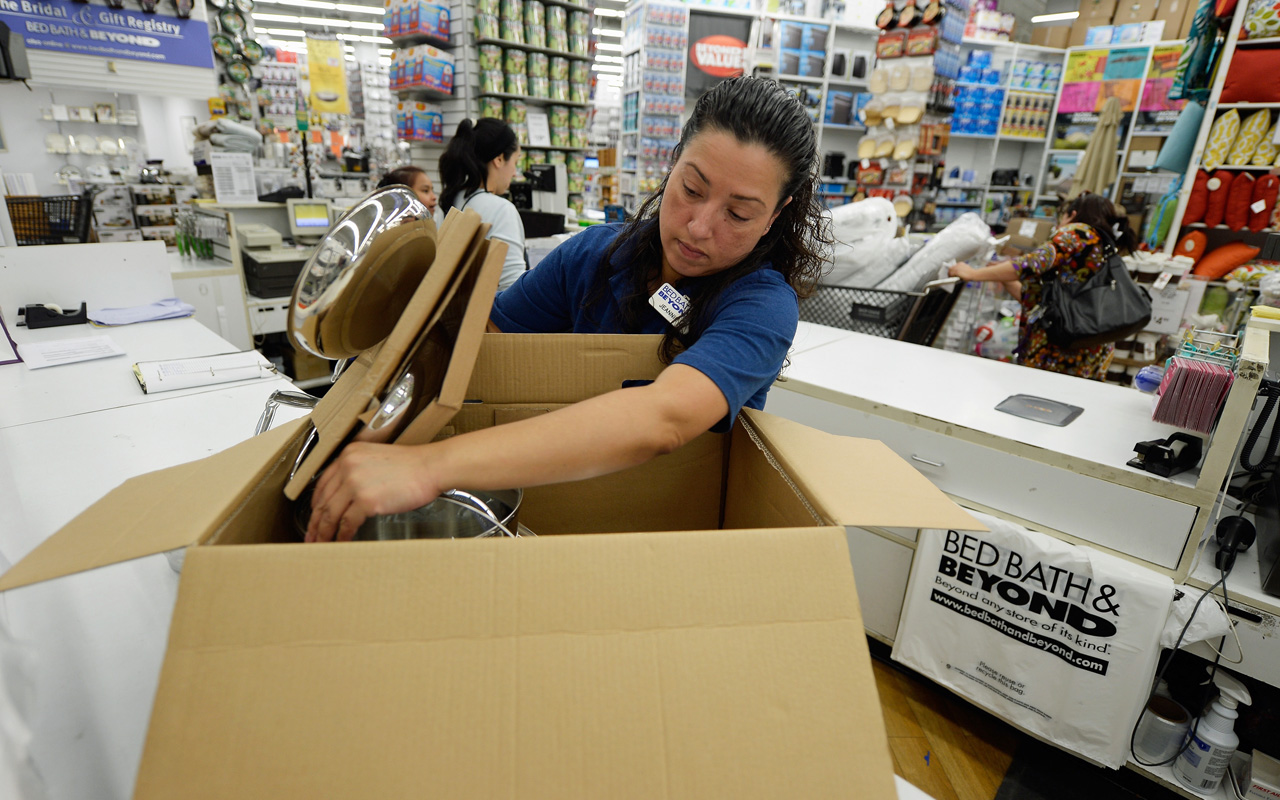
If you received a gift this holiday season that deserved a clear "thumbs down", you may find yourself forking out the money to return it. According to a 2023 report by the National Retail Federation (NRF) and Appriss Retail, $148 billion in holiday merchandise is expected to be returned.
That tidal wave of returned goods amounts to about 14.5% of all 2023 sales. And given how easy it is to purchase online, a higher percentage of online orders (17.6%) will have been returned by the end of 2023.
All these returns are a giant headache for retailers. Add in the $101 billion of losses due to return fraud — when consumers return used or damaged items, for example — and retailers understandably want to fight back. "Retailers continue to test and implement new ways to minimize losses from returns, particularly those that are fraudulent, while at the same time optimizing the shopping experience for their customers," said NRF executive director of research Mark Mathews in a statement.
How return policy changes may affect you
To compensate for the squeeze to their bottom lines, retailers, such as J. Crew, H&M, Macy’s, Abercrombie and others have all added shipping fees for mail-in returns. Even some major retail chains like Target, Walmart and American Eagle Outfitters are considering a revamp of their return policies. For example, Amazon has started charging customers a $1 fee if they return items to a UPS store when there is a Kohls, Whole Foods or Amazon Fresh grocery store closer to their delivery address.
Retailers are also letting customers keep their returns in some cases, instead of sending them back. Lower-priced or bulky items like kitchen appliances, baby walkers, strollers and chairs, furniture, home decor and other items may not be worth it to the retailer to cover the shipping cost for the return.
Mitigating the Cost of Returns
Based on the numbers, it’s not surprising that retailers across the board are looking for ways to mitigate the costs of returns, including costs related to abuse and fraud. Many are also testing in-store policy changes and limiting the flexibility of online returns.
However, how they implement changes will likely affect their customers — both in-store and online — and if push comes to shove, customer service may bear the burden as customers shop elsewhere.
Report Methodology
NRF has partnered with Appriss Retail to pair their customers’ returns data with NRF survey responses. Appriss Retail’s customers include 60 of the top 100 retailers in the United States and allow greater commonality in the data.







